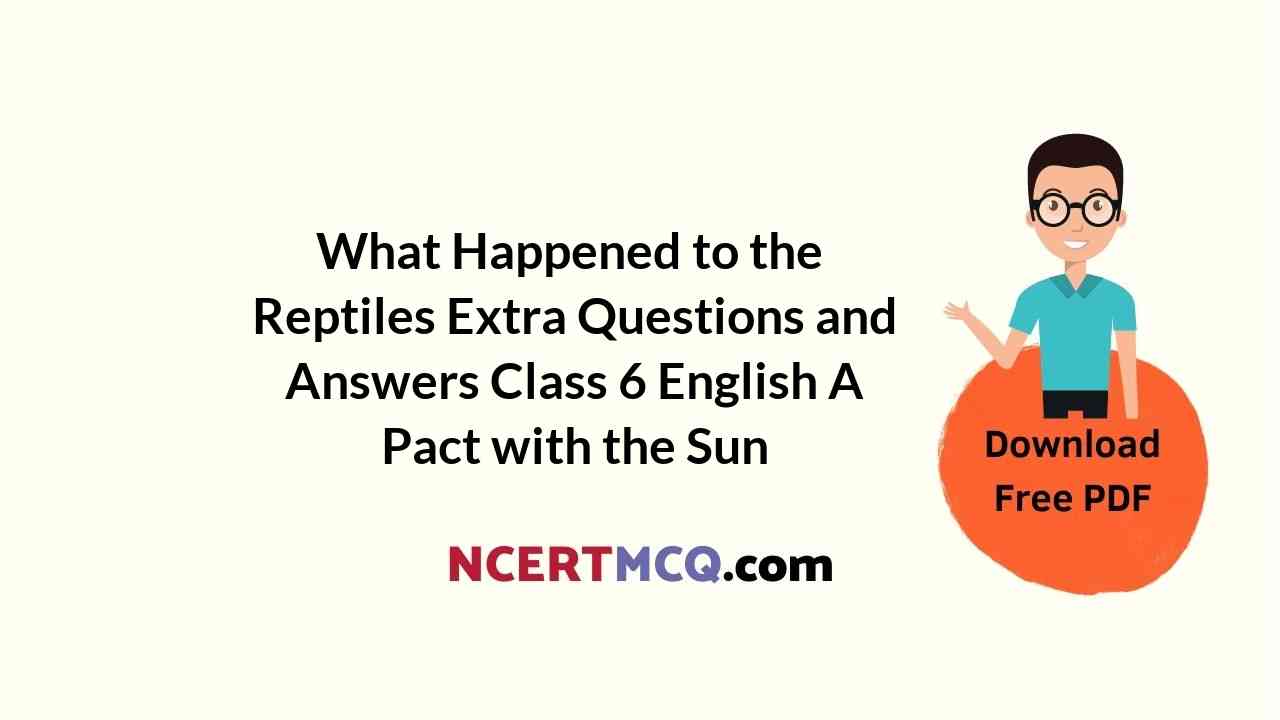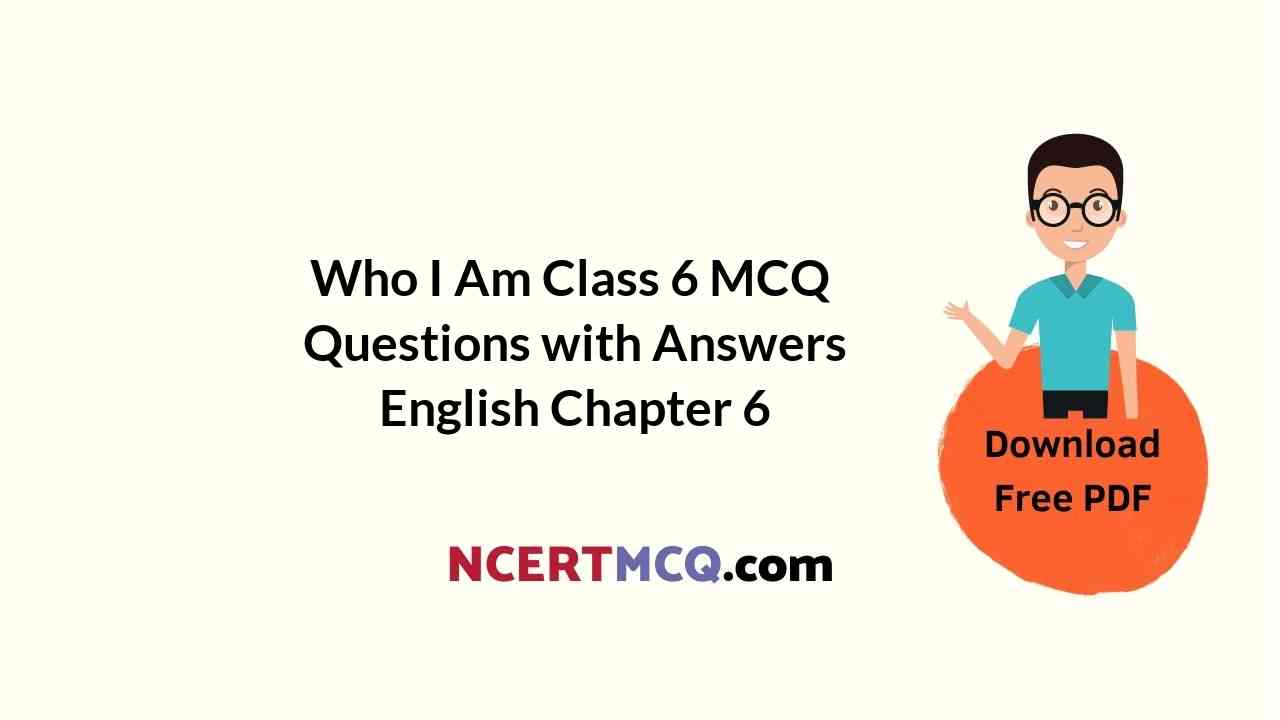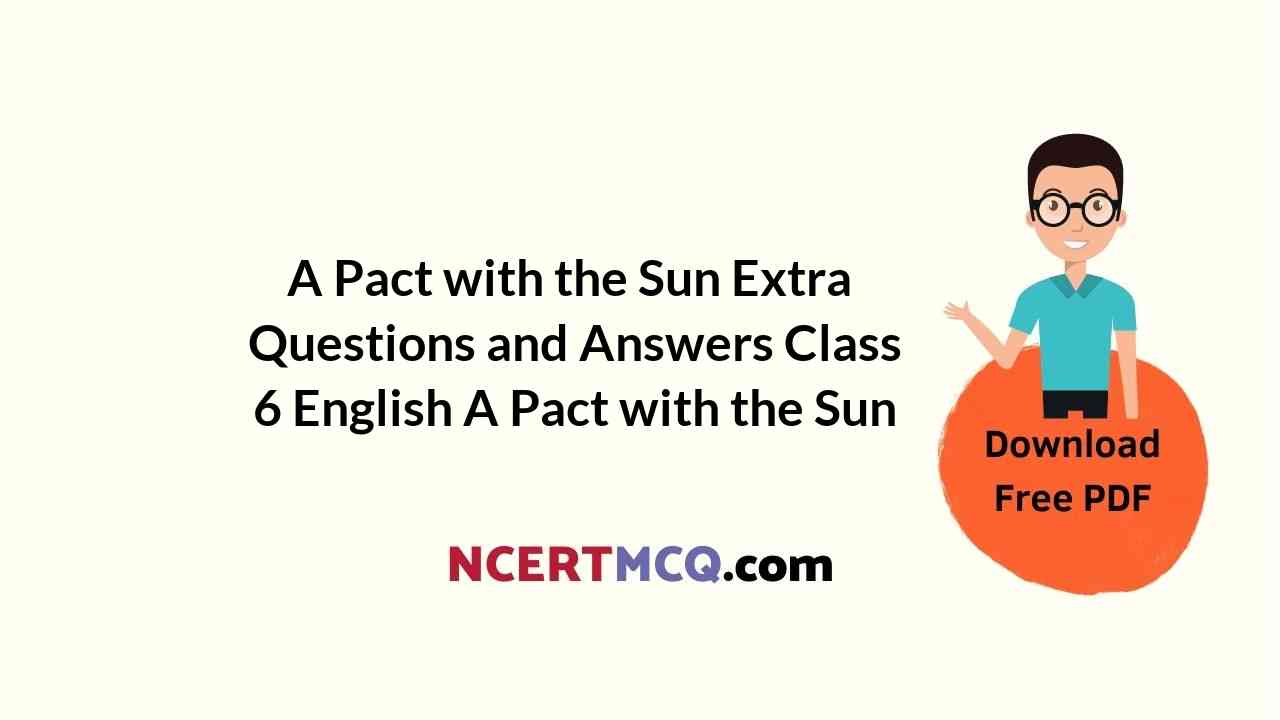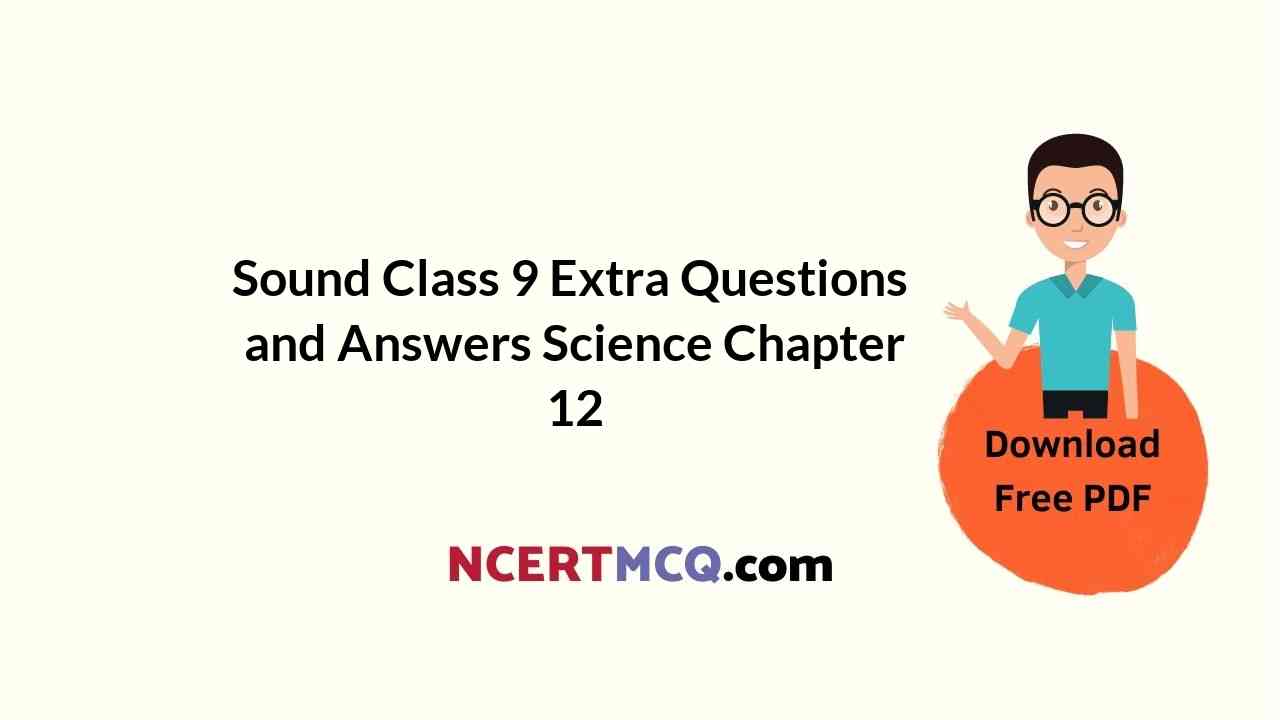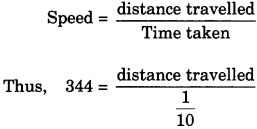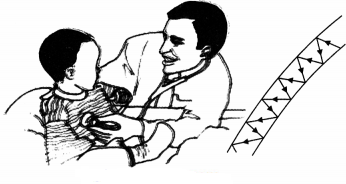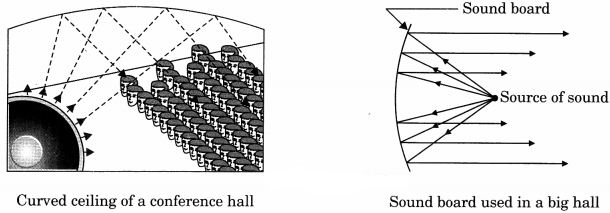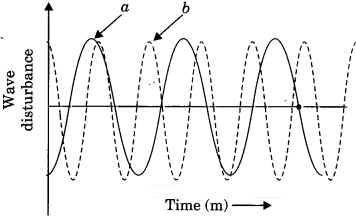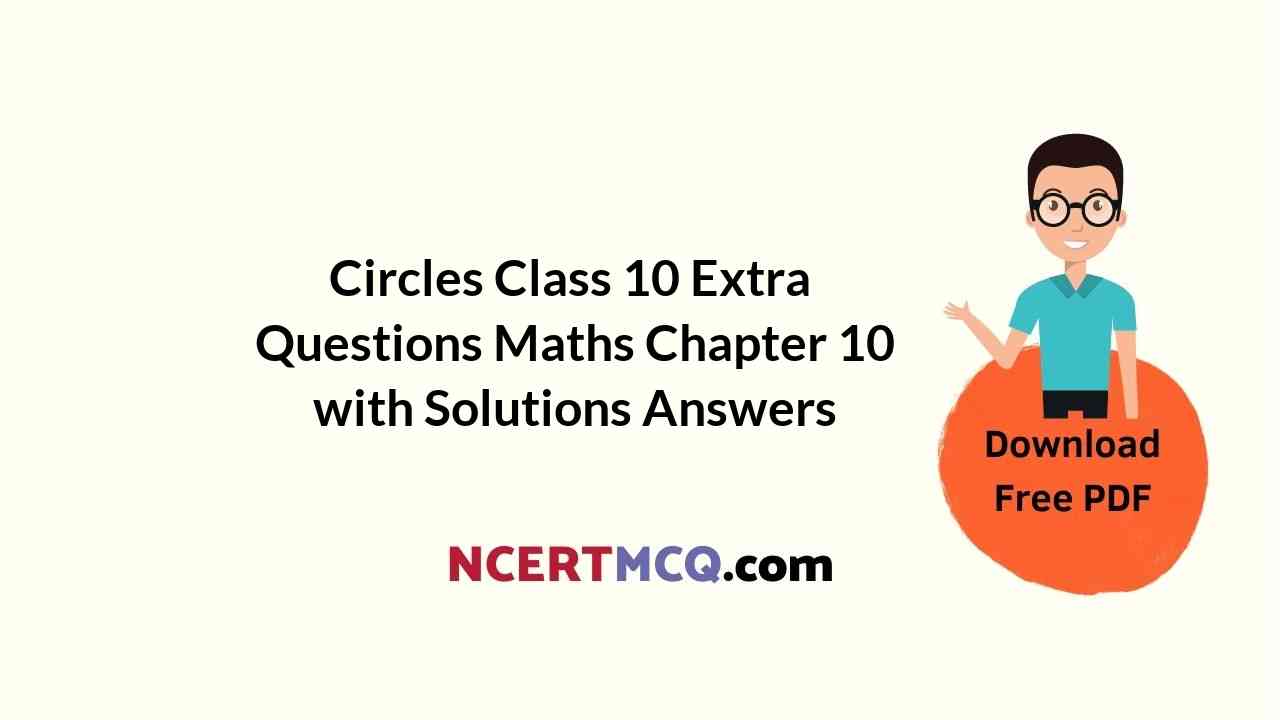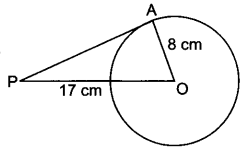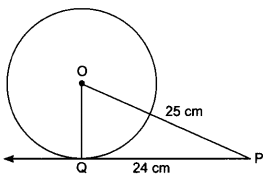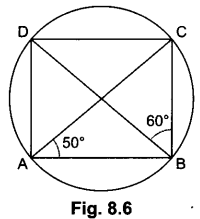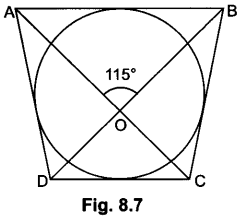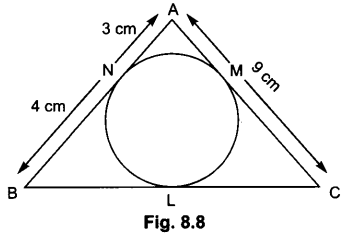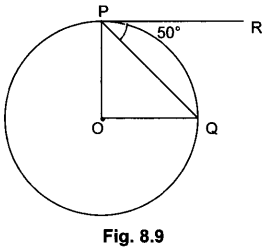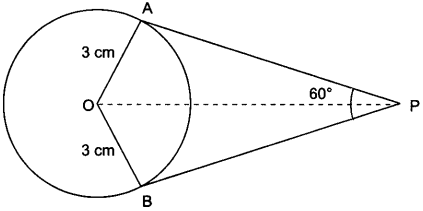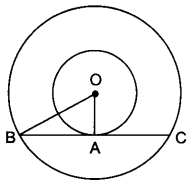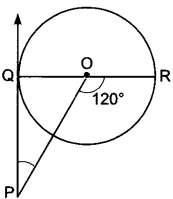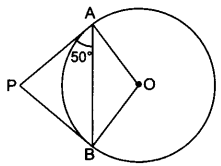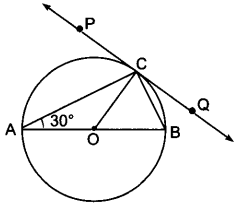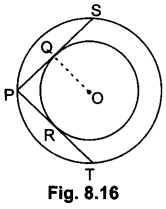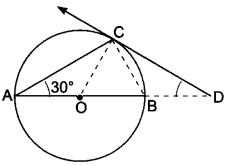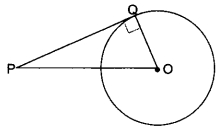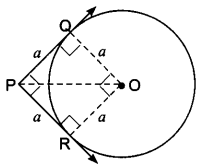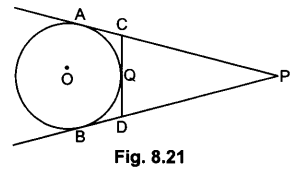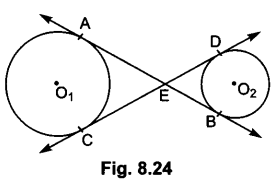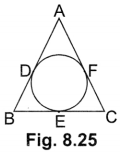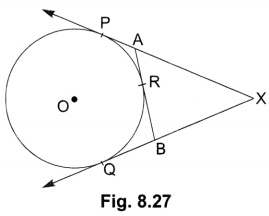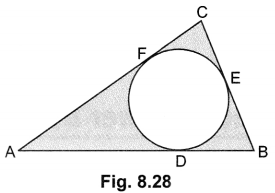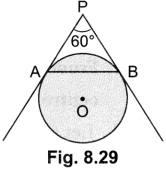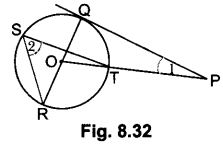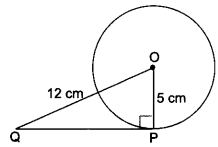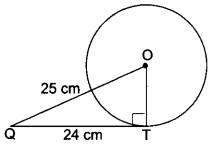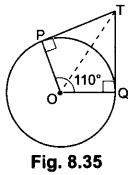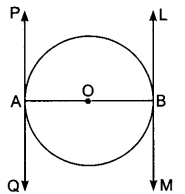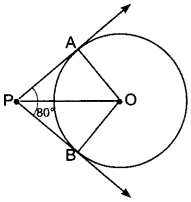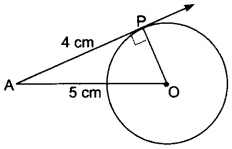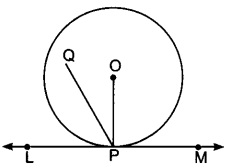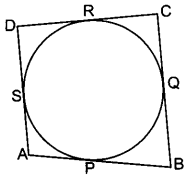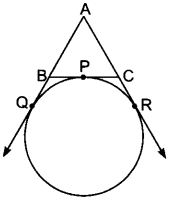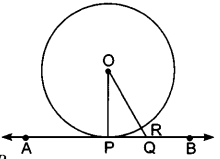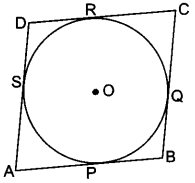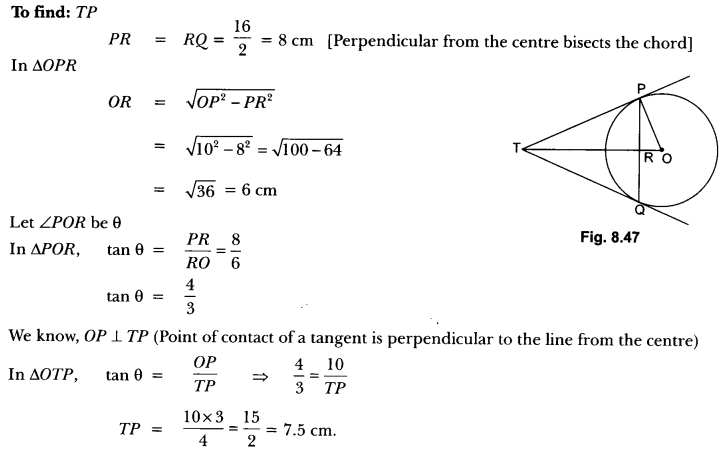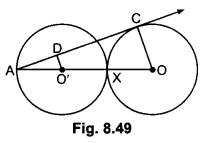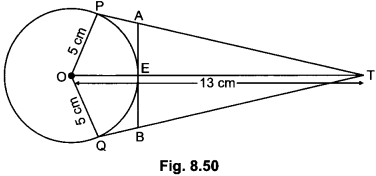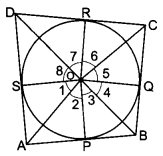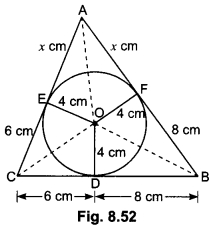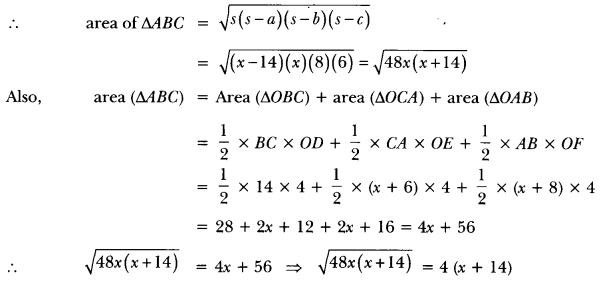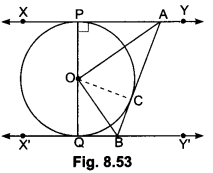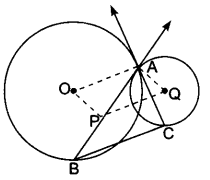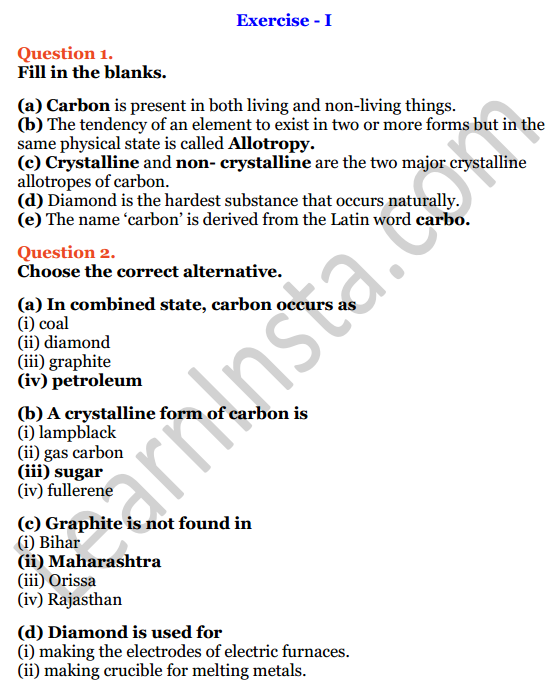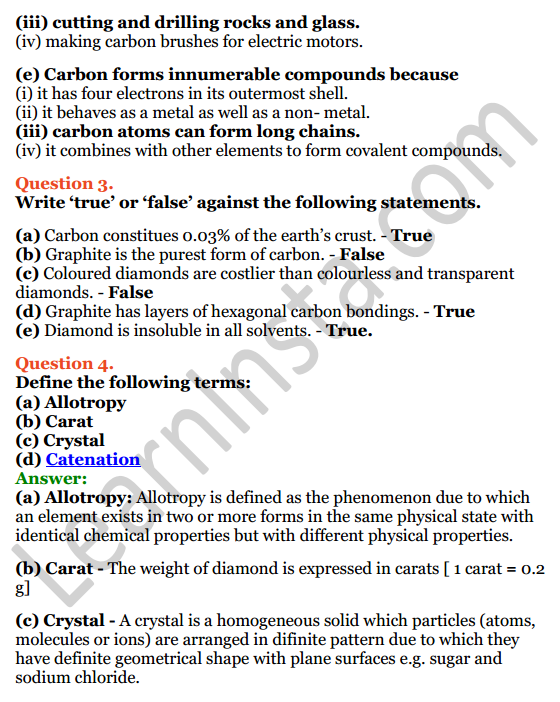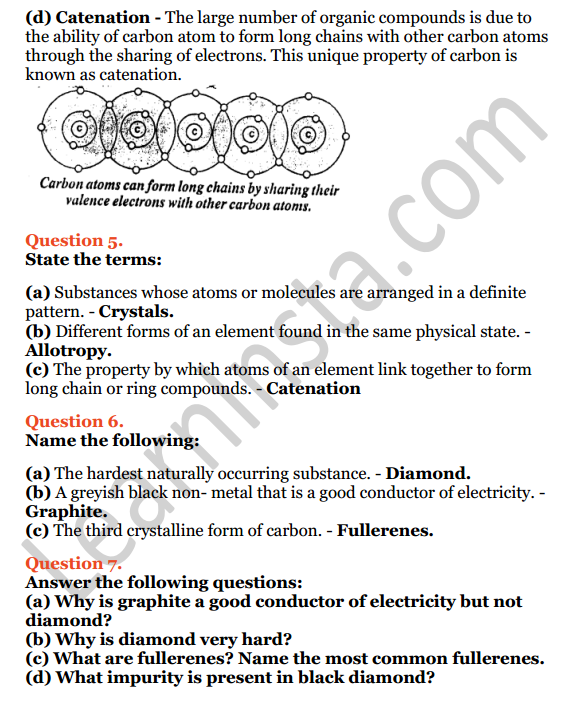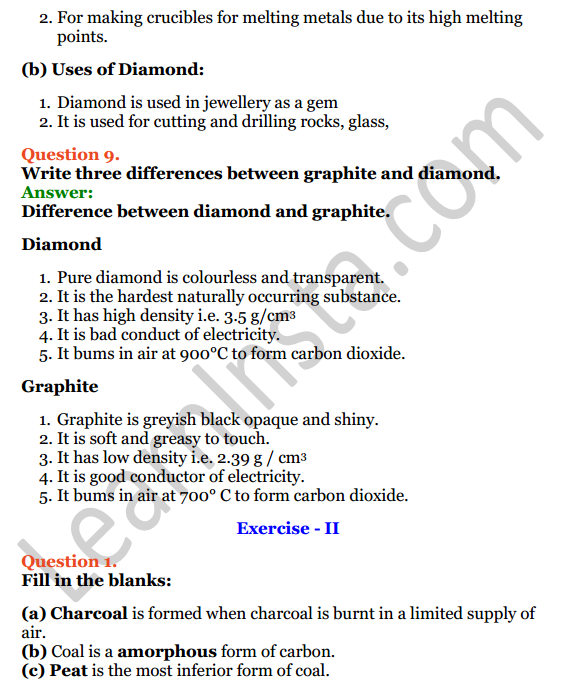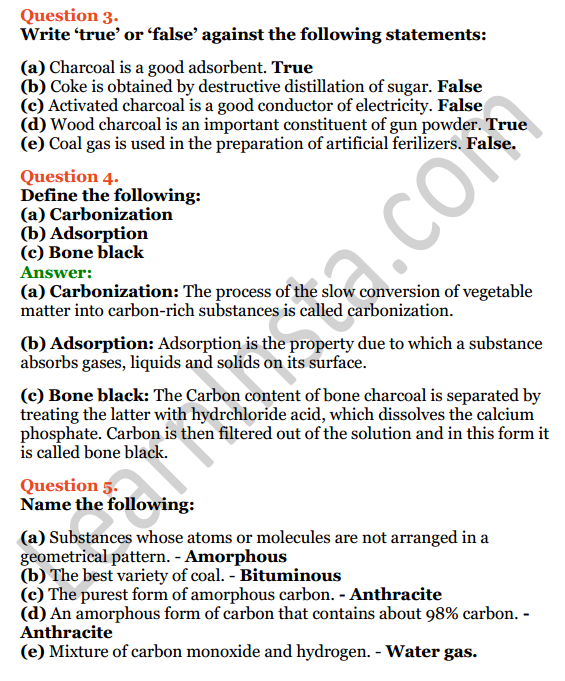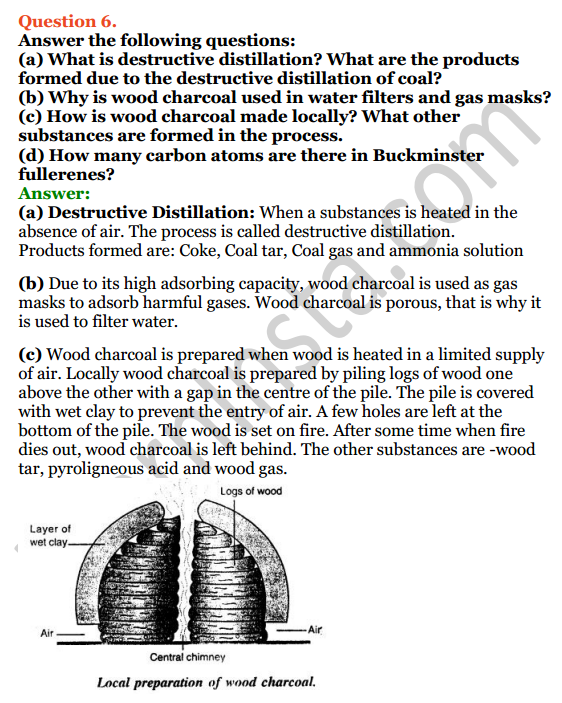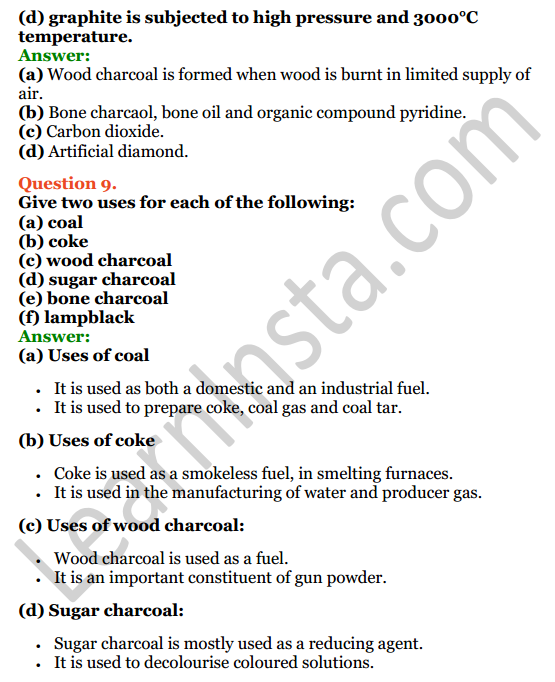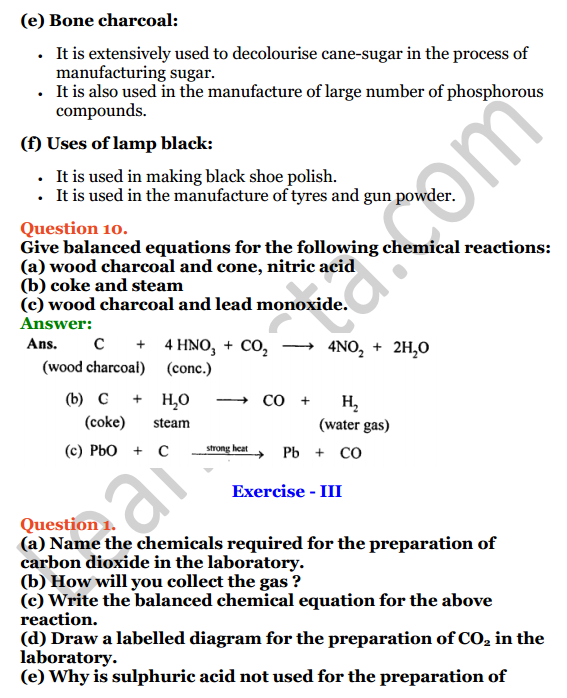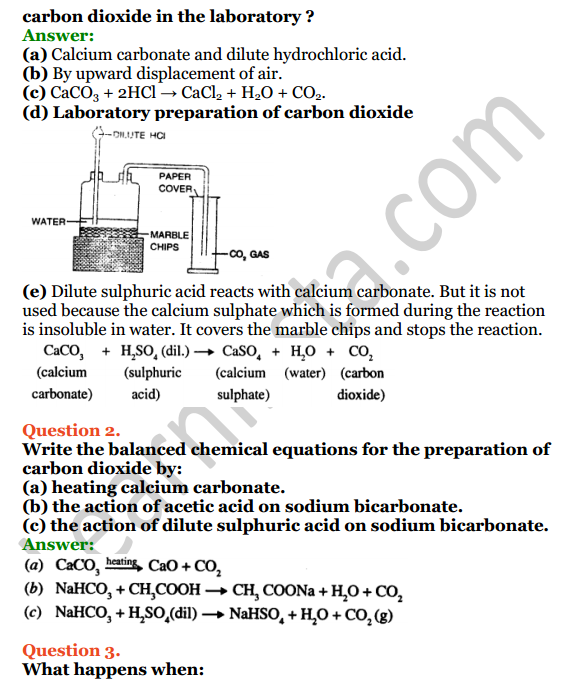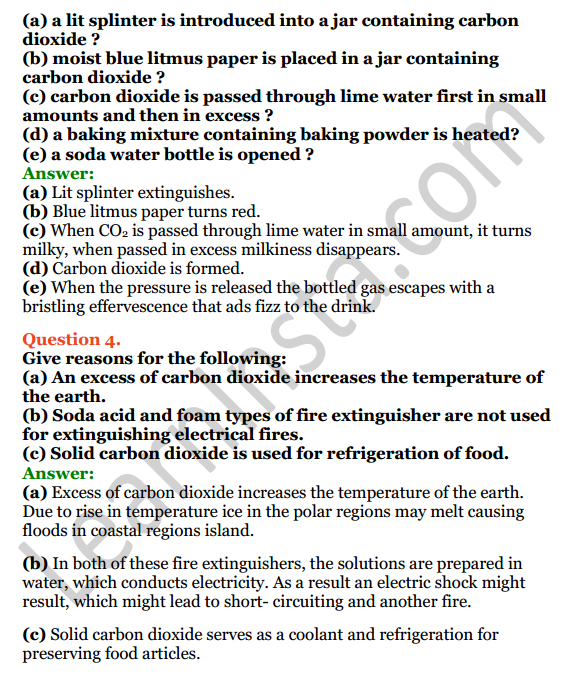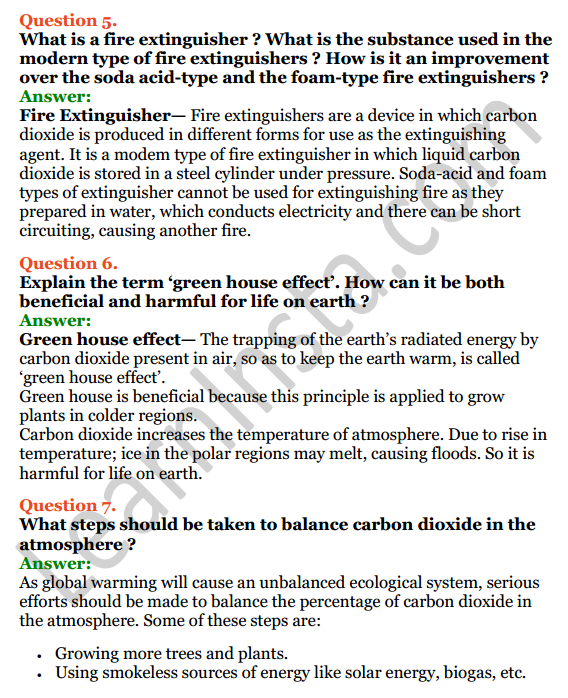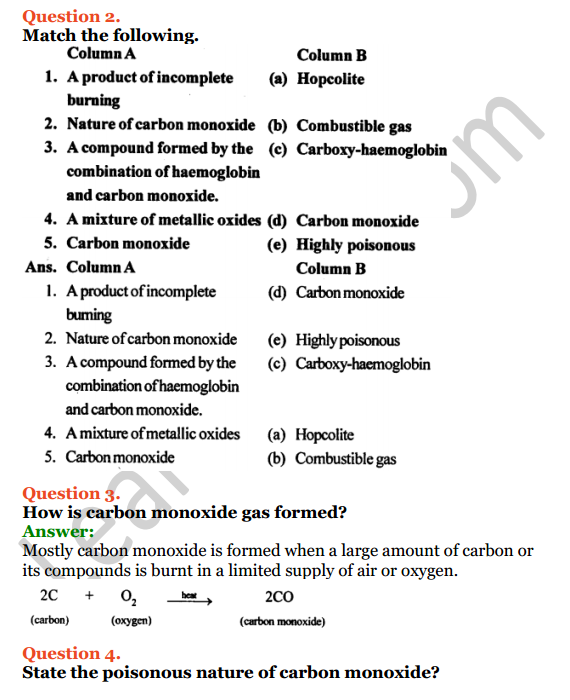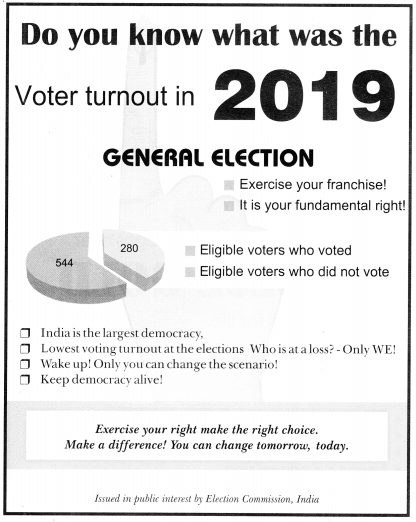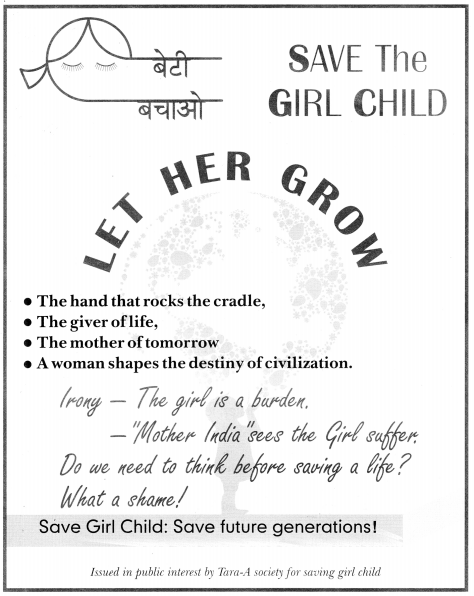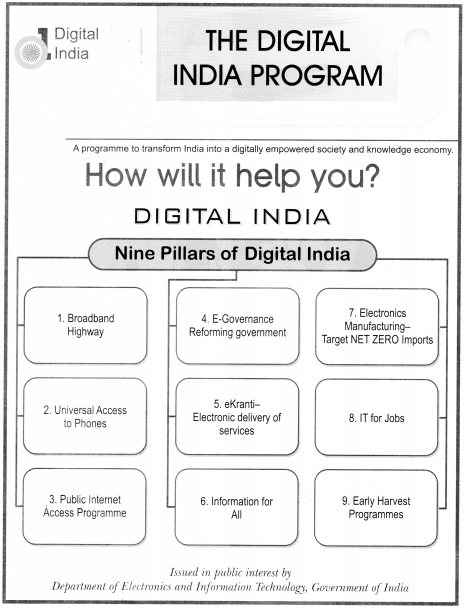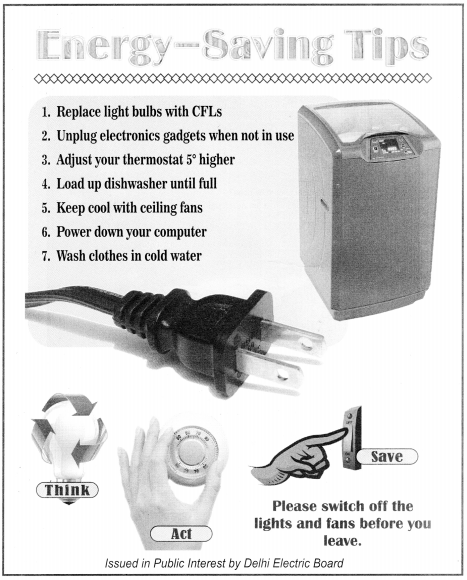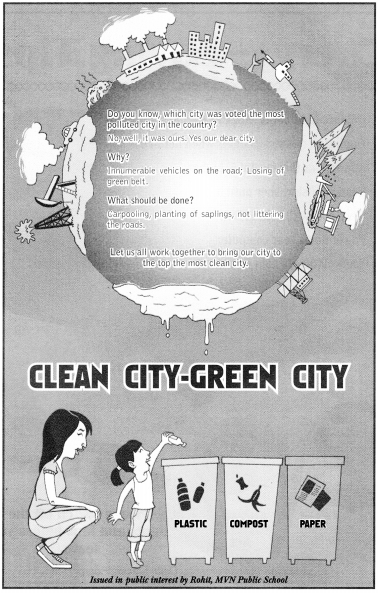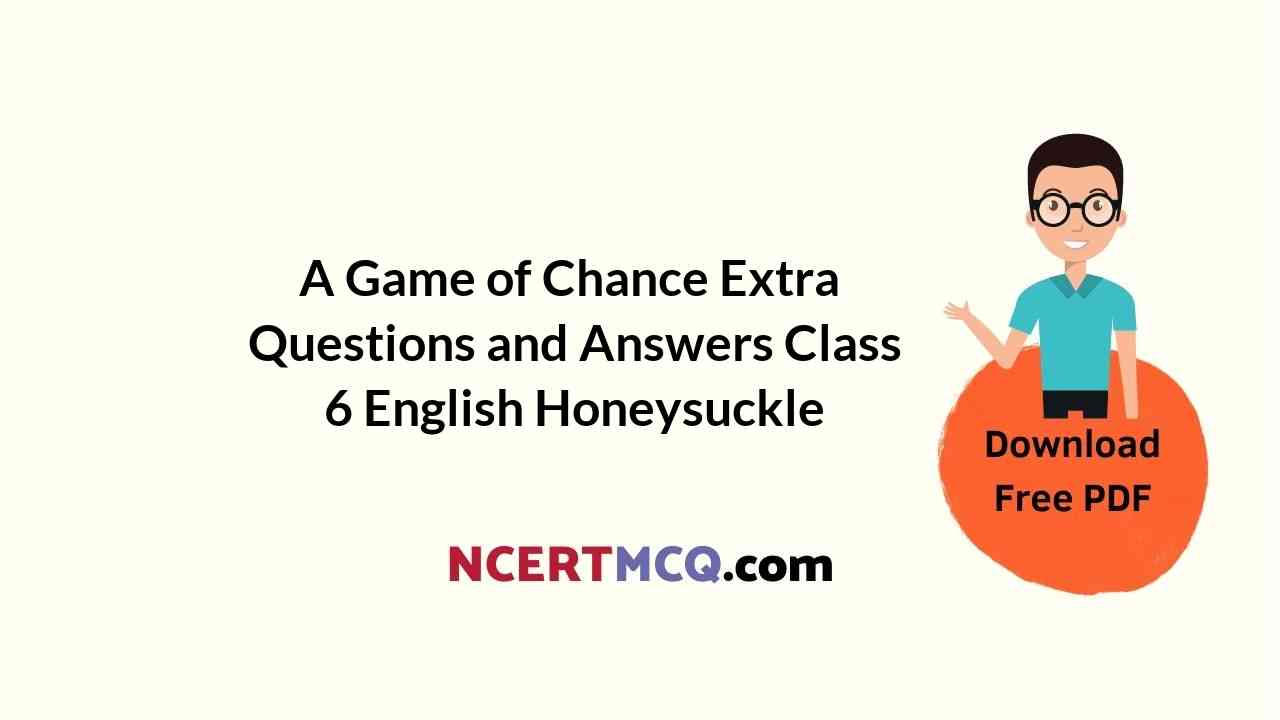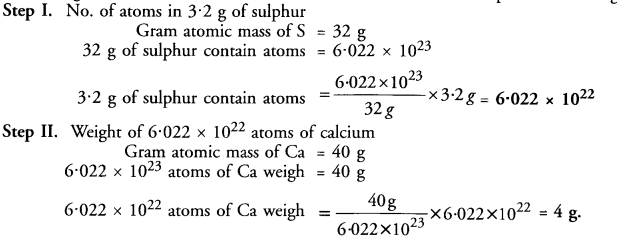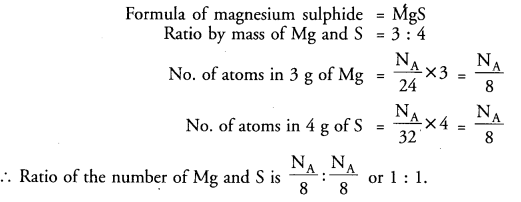Here we are providing Online Education for What Happened to the Reptiles Extra Questions and Answers Class 6 English A Pact with the Sun, Extra Questions for Class 6 English was designed by subject expert teachers. https://ncertmcq.com/extra-questions-for-class-6-english/
Online Education for What Happened to the Reptiles Extra Questions and Answers Class 6 English A Pact with the Sun
What Happened to the Reptiles Extra Questions and Answers Short Answer Type
What Happened To The Reptiles Extra Questions Class 6 Question 1.
Why was Prem forced to leave the village?
Answer:
The communal riots in his village made life unsafe in the village. The people went mad, burnt houses and killed one another. So Prem left his village for good.
What Happened To The Reptiles Question Answer Class 6 Question 2.
What was unusual for Prem in Pambupatti village?
Answer:
In Pambupatti, there was no violence not even tension. People lived in peace. They also cared for the welfare of even stranger. This was something surprising for Prem.
What Happened To The Reptiles Question Answers Class 6 Question 3.
Who is Makara? What were the decision taken by him?
Answer:
Makara was the biggest crocodile. The reptiles in the forest included crocodiles, snakes, turtles and lizards. Makara being strong and selfish, drove all other reptiles out. He got rid of turtles, snakes and lizards one by one. But this created the problem of frogs and rats and other insects.
Extra Questions Of What Happened To The Reptiles Class 6 Question 4.
How did the forest become peaceful again?
Answer:
Crocodiles were facing tough times. A small crocodiles pointed out what had gone wrong. They knew that Makara was not all that strong and right. They called all their reptile friends back to Pambupatti. Their arrival marked the beginning of normal and peaceful life again in the forest.
What Happened To The Reptiles Class 6 Question Answer Class 6 Question 5.
What was the motive behind the story of the old man?
Answer:
The old man gave message through his story. This world belongs to all sorts of creatures. Together they keep a balance. Every kind of creature serves a useful purpose. It is sad that man is trying to kill all the species and rule over the world like a dictator. This is certainly not practicable or in his own interest. Our motto should be to ‘Live and Let Live’.
What Happened to the Reptiles Extra Questions and Answers Long Answer Type
What Happened To Reptiles Question Answer Class 6 Question 1.
‘A leader should be dynamic and protective’. Give your opinion, by taking example from the text.
Answer:
The leader has the capacity to bring changes in the lives of his followers. He is a torchbearer, so it is his duty to lead with dignity and dynamism. Step taken without thought is disastrous to a great extent. One should think of the consequences first only then he should act for the welfare of masses. Makara should have forseen the impact of his decision. He should have taken advice of some counsels before implementing on his decisions.
What Happened To The Reptiles Questions And Answers Class 6 Question 2.
‘Nature has given a rightful place for everyone and everything.’ Elaborate in context with the story.
Answer:
In the eyes of mother nature no One is superior or inferior. Whether a thing is big or small, has a rightful place. No discrimination is ever tolerated. Makara has taken advantage of his power and threw away other reptiles away from the forest. But he failed miserably. Discrimination amongst human being is to divide of caste, colour and creed often divide. But essential humanity brings them together.
What Happened To Reptiles Class 6 Question 3.
In what way is Pambupatti different from any other village?
Answer:
Unlike other villages, people of Pambupatti lived in peace. They did not fight in the name of religion or language. In this way, Pambhupatti is different from any other village.
What Happens To The Reptiles Class 6 Question 4.
Why is Prem determined not to return to his village?
Answer:
Prem determined not to return to his village because in his village people went mad and burnt down temple or mosque. There were religious crisis in the village and people started fighting with one another.
What Surprised Prem In Pambupatti Village Class 6 Question 5.
Why did Makara dislike tortoise, snakes and lizards? Write a line about each.
Answer:
Makara disliked tortoise because they were slow and stupid. They even carried their houses on their backs. He disliked snakes because they were slimy and they made funny noises. Makara disliked lizards because they were undependable changed colour.
Question Answer Of What Happened To The Reptiles Class 6 Question 6.
What went wrong when the tortoise, snakes and lizards left the forest?
Answer:
When the tortoises, snakes and lizards left the forest, rats multiplied in their absence, and eat the baby crocodile and millions of insects growing were bigger and nastier day by the day. The forest was full of bad smell of rotten fruits and animals.
Ncert Solutions For Class 6 English Chapter What Happened To The Reptiles Question 7.
Why do you think Prem wants to tell the story of the reptiles to the people of his village?
Answer:
The people of Prem’s village had gone mad. They fought with one another in the name of religion. The story of Pambupatti gave the message of peace and coexistence. It underlined the importance of living together. So Prem wanted to carry that message to his own village.
Question 8.
Do you agree that it is difficult not to go along with someone who is very strong and powerful? Express your views frankly and clearly.
Answer:
It is difficult not to go along with someone who is very strong and powerful. It is human nature to be on the safe side. Disagreeing with a powerful person is likely to call for trouble. Moreover, even if someone is bold enough to oppose him, it becomes a long fight. Such idealists may leave an impact on the society. But they do so at cost of their own ruin.
Question 7.
If you were a baby crocodile, would you tell Makara that he was wrong? What would you say to con.
Answer:
As a baby crocodile, I have a privilege to oppose my parents boldly. I would tell the elders that this world is a common property of living creatures. To convince my dad, Makara, that he is wrong. I will give him a couple of reasons. First, it is the duty of the strong to protect the weak, and not to harass them. Secondly, this Earth is not the sole property of any one person or animal. All are inter-dependent. Together, they make this Earth a place worth-living.
